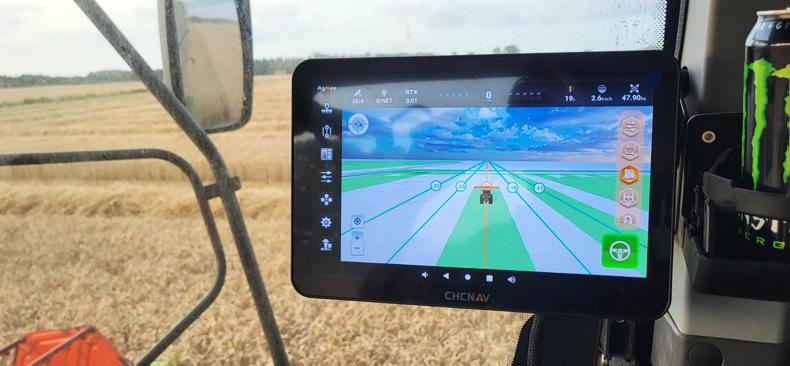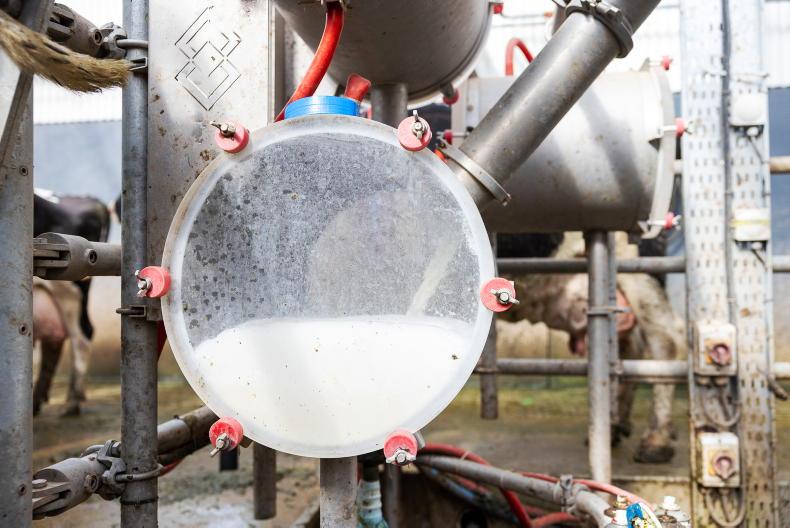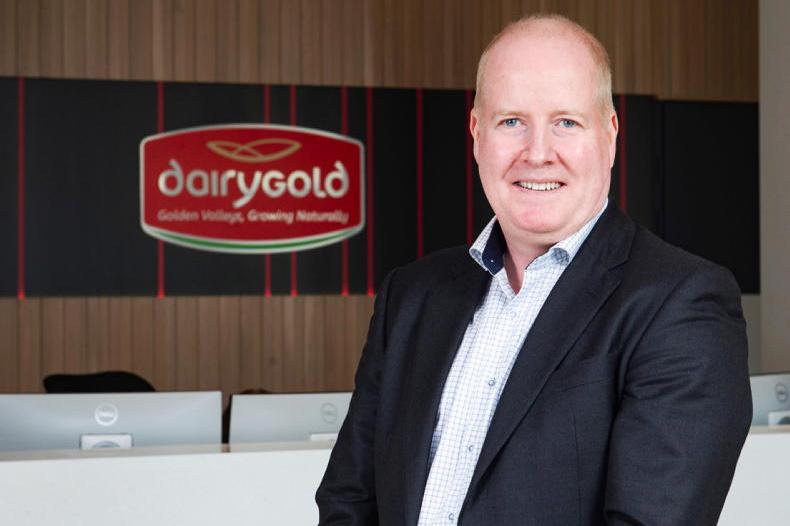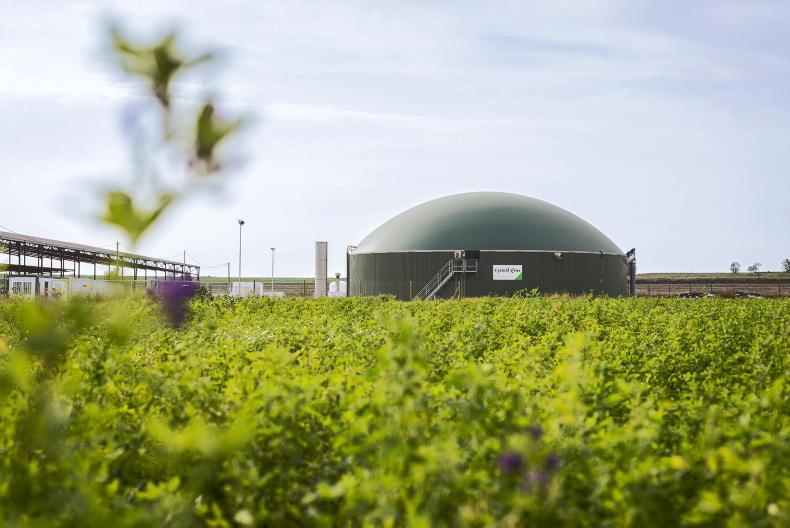Over the past decade, dairying has been the flagship enterprise in Irish farming and agri-food processing.
It has been the sector that has led investment both on farm and in the wider processing sector and has successfully developed export markets in every continent of the world.
In the process, it has also delivered a reasonable income to the farmers who supply the raw material that makes everything else along the chain happen.
However, as we approach the mid-point of this decade, it is becoming clear that we have reached peak dairy and, indeed, there is a greater chance of contraction than expansion in the industry over the years ahead.
Job losses not in the vision
There was a certain irony this week that within 24 hours of the Minister for Agriculture Charlie McConalogue publishing the second annual report on the delivery of Food Vision 2030, Tirlán announced that it was looking for up to 150 voluntary redundancies, over 6% of its workforce.
This follows the announcement by Lakeland earlier in the year that it was closing creameries that would cause job losses, even though there were opportunities at other sites in the organisation.
It could explain this restructuring on the basis that it had acquired the Lacpatrick business in recent years and that had meant an element of duplication was in place.
There is also good economic logic in replacing smaller, older factories with a new modern one that has maximum efficiency.
However, if the industry had been continuing to expand as it had been doing, then the likelihood is that a new factory could have been added while the old ones continued to operate.
Five-year low
Last year was tough for the dairy processors, just as it was for dairy farmers. The falling value of milk in global markets combined with ongoing high production to create the perfect storm for dairy farmers and the rest of the chain.
This year, prices are better and farmers are in positive-margin territory again.
Despite this, milk production in Ireland is running 186.3 million litres down on last year and it is debatable if it will bounce back, never mind sustain the expansion of the last decade.
Milk processed between January and April this year was the lowest since the same period in 2019. It fell by over 186m litres compared with the same period last year, a 7.8% decline, and was over 209m litres lower than the same period in 2021.
The combination of achieving a 25% reduction in emissions, combined with potential loss of the nitrates derogation, means that further expansion of the dairy herd is unlikely to any great extent.
Yields will continue to increase, but that could be lost by reduced stock numbers.
It is a similar picture in the UK and much of the major milk-producing regions in Europe, yet the demand for dairy produce will continue to grow significantly over the next decade.
That growing demand is unlikely to be supplied from Ireland, which is a pity given that we are, with New Zealand, the most carbon-efficient producers per litre of milk in the world. Another irony.









SHARING OPTIONS